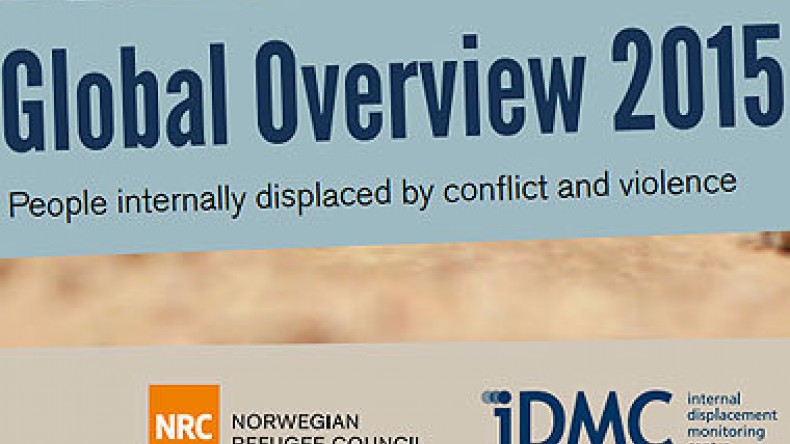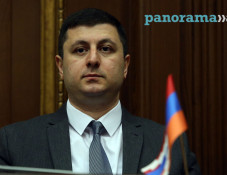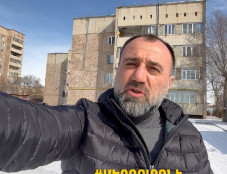
IDMC: Azerbaijani government policy holds IDPs in unsuitable living conditions
Internal Displacement Monitoring Centre (IDMC) published a report “Global Overview 2015: people internally displaced by conflict and violence” covering 60 countries and territories as of December 2014. According to the report, there are only up to 568,900 IDPs (internally displaced people) in Azerbaijan.
The figure is partially based on a government figure published at the end of 2014 by the State Committee for Refugees and IDPs of Azerbaijan. It also includes children born to the IDPs and their families, according to the report.
The authors of the report say that in Armenia, Azerbaijan, Bosnia and Herzegovina, Georgia and Russia, people first fled their homes in the late 1980s or early 1990s as a result of inter-ethnic conflict that accompanied the breakup of the Soviet Union and former Yugoslavia.
Government preferences on settlement options contributed to prolonging displacement in a fifth of cases, as in Burundi, Sudan and Azerbaijan, the report reads. In 2014, an increase of up to 25,500 was recorded in Azerbaijan as the children born in displacement are eligible for status as IDPs.
“Some IDPs in Azerbaijan, Bosnia and Herzegovina, Georgia, Kosovo, Russia and Serbia have been living in collective centres for 20 years. Initially provided as temporary accommodation, living conditions have deteriorated over the years to the point of becoming a health and safety risk, despite numerous repairs to leaking roofs, broken sewage systems and dilapidated shared kitchens and bathrooms. 187 Over time those who were able find alternative housing moved out, but many others – particularly elderly people, those with physical or mental disabilities, the chronically ill and people traumatised by gender-based violence – have been unable to secure other accommodation on their own,” the report reads.
The authors note that of IDPs across the region of Europe, the Caucasus and Central Asia, few have long-term jobs, and access to credit and land is difficult. Their coping mechanisms have included incurring debts, eating less, taking their children out of school and, in Georgia, Azerbaijan and Turkey, child labour.
It is also stated that displacement in the region has become increasingly protracted, primarily because of the absence of political solutions to conflicts. Unresolved property issues also obstruct the achievement of durable solutions, and in Azerbaijan and Georgia, remedies for restitution or compensation have not been instituted.
As the report reads, governments have the primary duty to establish the conditions for durable solutions and to provide the means of achieving them. In Azerbaijan, however, the government maintains return as the only permanent settlement option available, but negotiations to resolve the conflict and make that possible have been deadlocked for years.
The authors of the report also highlight that in Azerbaijan, Bosnia and Herzegovina and Georgia, temporary housing provided some 25 years ago at the onset of the displacement crisis has become dilapidated and overcrowded. Displaced children have grown up, married and had families of their own, but still live in the same facilities.
“Only seven of the 60 countries we cover had data available on local integration and only six on settlement elsewhere. Information on all three options for durable solutions was available in only four countries - Armenia, Ethiopia, Lebanon and Sri Lanka,” the report reads adding that as of 2013 there were only 8,400 IDPs remaining disintegrated in Armenia.
In total, according to the report, as of the end of 2014, 38 million people around the world had been forced to flee their homes by armed conflict and generalized violence. Never in the last 10 years of IDMC’s global reporting, had such a high estimate for the number of people newly displaced in a year been reported.
Related:
NKR MFA: NKR has sovereign right to receive migrants in its territory
Newsfeed
Videos






























